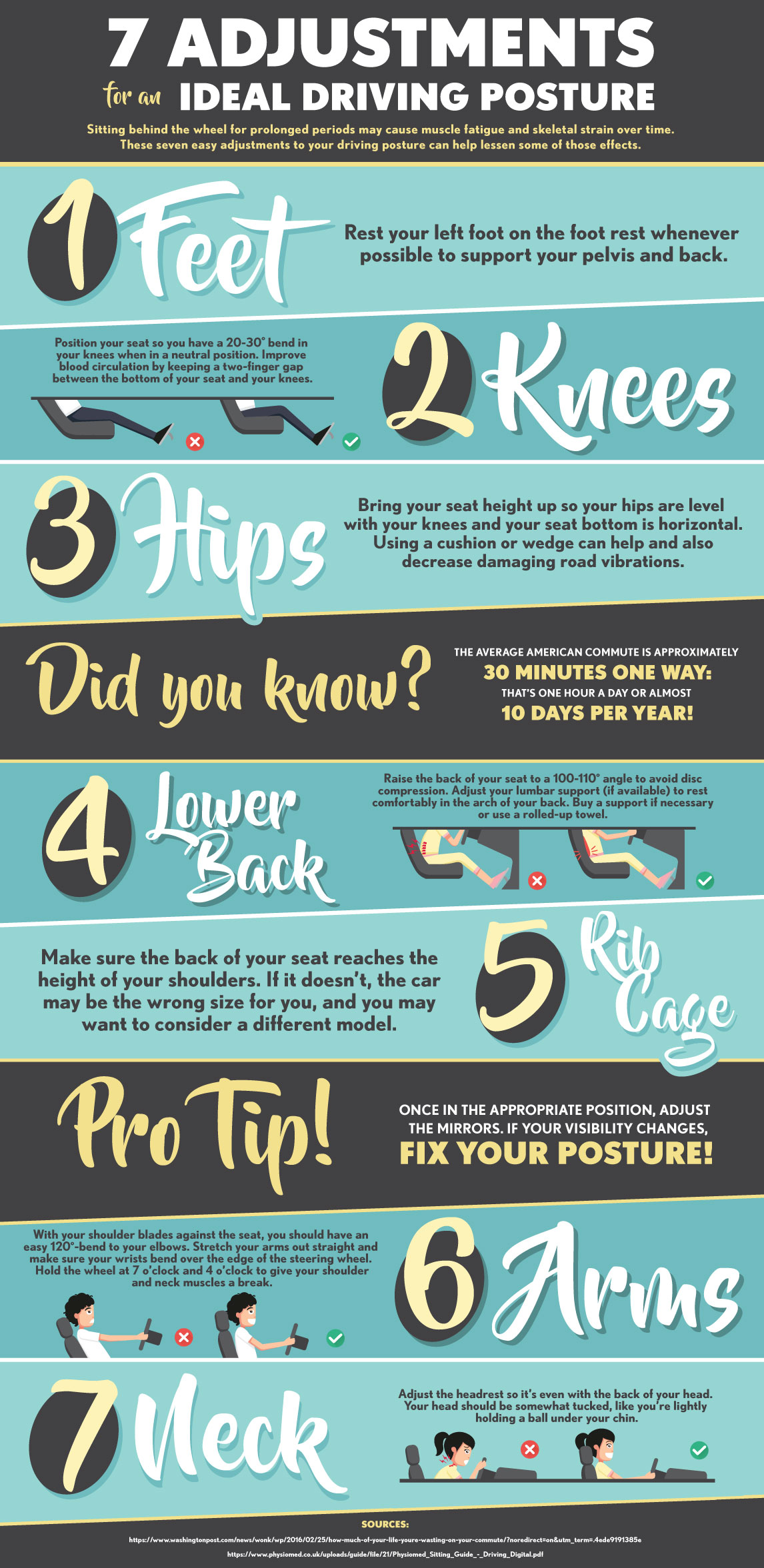Gain Understandings Right Into Reliable And Uncomplicated Techniques For Maintaining Your Back In Optimum Problem
Gain Understandings Right Into Reliable And Uncomplicated Techniques For Maintaining Your Back In Optimum Problem
Blog Article
Content Writer-Williford Preston
Keeping proper position isn't almost staying up right; it has to do with aligning your body in such a way that sustains your spinal column and minimizes the danger of neck and back pain. The means you sit, stand, and relocate throughout the day can substantially impact your spinal health and wellness. Yet how specifically can you guarantee excellent positioning consistently, even during active days full of different tasks? Allow's delve deeper into the subtle yet impactful modifications you can make to your day-to-day regimen to keep your back delighted and healthy.
Value of Correct Position
Proper position is crucial in keeping a healthy back and preventing pain. When you rest or stand with excellent stance, your back remains in placement, minimizing strain on your muscles, tendons, and joints. This alignment allows the body to distribute weight evenly, avoiding excessive tension on particular locations that can result in discomfort and pain. By maintaining your back properly lined up, you can also boost your breathing and food digestion, as slouching can compress organs and limit their performance.
In addition, maintaining good posture can boost your general appearance and self-esteem. When you stand tall with your shoulders back and head held high, you emanate confidence and show up even more friendly. Good position can also make you feel a lot more invigorated and sharp, as it advertises appropriate blood circulation and enables your muscle mass to function successfully.
Integrating correct posture right into your day-to-day regimen, whether sitting at a desk, strolling, or exercising, is necessary for preventing pain in the back and promoting overall wellness. Remember, a small modification in how you hold on your own can make a substantial distinction in just how you really feel and function throughout the day.
Common Postural Mistakes
When it comes to preserving great posture, several people unknowingly make typical errors that can contribute to back pain and pain. Among one of the most widespread mistakes is slumping over or hunching over while sitting or standing. This setting puts extreme pressure on the spine and can result in muscle mass discrepancies and discomfort in the future.
One more usual error is overarching the reduced back, which can squash the all-natural contour of the back and cause pain. In addition, crossing legs while sitting may really feel comfortable, but it can create an inequality in the hips and hips, bring about postural problems.
Making use of a pillow that's too soft or also firm while sleeping can also impact your placement and contribute to pain in the back. Last but not least, regularly craning your neck to look at displays or adjusting your setting frequently can stress the neck and shoulders. Being mindful of these common postural mistakes can aid you preserve better alignment and lower the risk of neck and back pain.
Tips for Correcting Alignment
To improve your positioning and decrease pain in the back, it's important to focus on making small adjustments throughout your day-to-day regimen. Begin by bearing in mind your stance. When sitting, guarantee your feet are level on the floor, your back is straight, and your shoulders are loosened up. Avoid slouching or leaning to one side. Use ergonomic chairs or pillows to support your reduced back.
When standing, distribute your weight uniformly on both feet, maintain your knees a little curved, and tuck in your pelvis. Engage https://pressbanner.com/empowering-healing-hands/ to support your spine. Take breaks to stretch and walk if you have a less active work. Include exercises that enhance your core and back muscle mass, such as planks or bridges.
While resting, make use of a pillow that sustains the natural contour of your neck to preserve appropriate spine positioning. Prevent sleeping on your stomach, as it can strain your neck and back. By bearing in mind these tips and making small changes, you can progressively correct your placement and alleviate neck and back pain.
Verdict
Remember, keeping excellent posture is key to preventing back pain and promoting spinal health. By bearing in mind your positioning, distributing weight equally, and engaging your core muscles, you can lower pressure on your back and minimize the risk of pain and injury. Incorporate ergonomic assistance, take normal breaks to extend, and strengthen your core and back muscular tissues to keep proper alignment throughout the day. Your back will certainly thank you for it!
